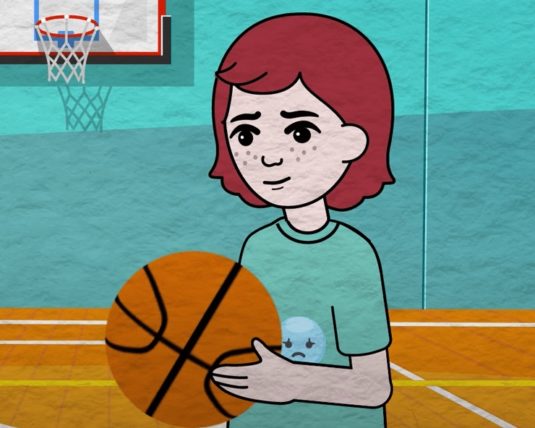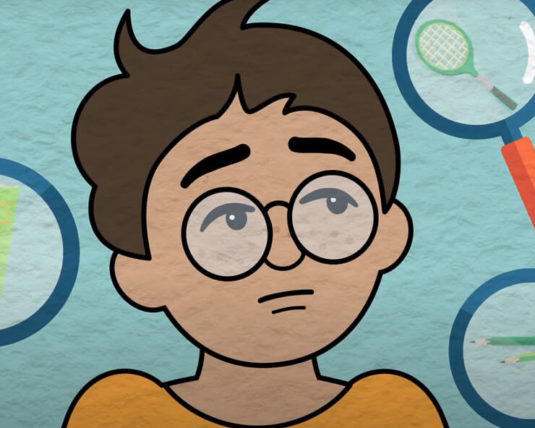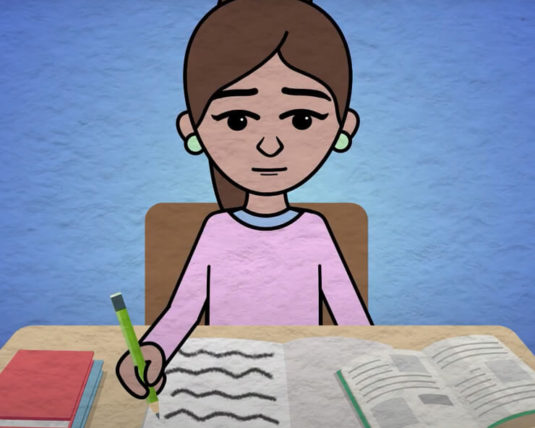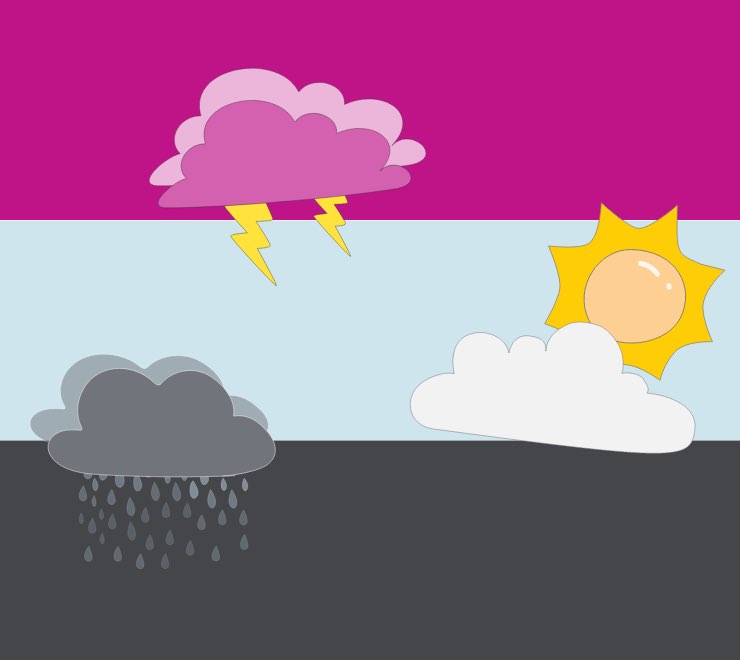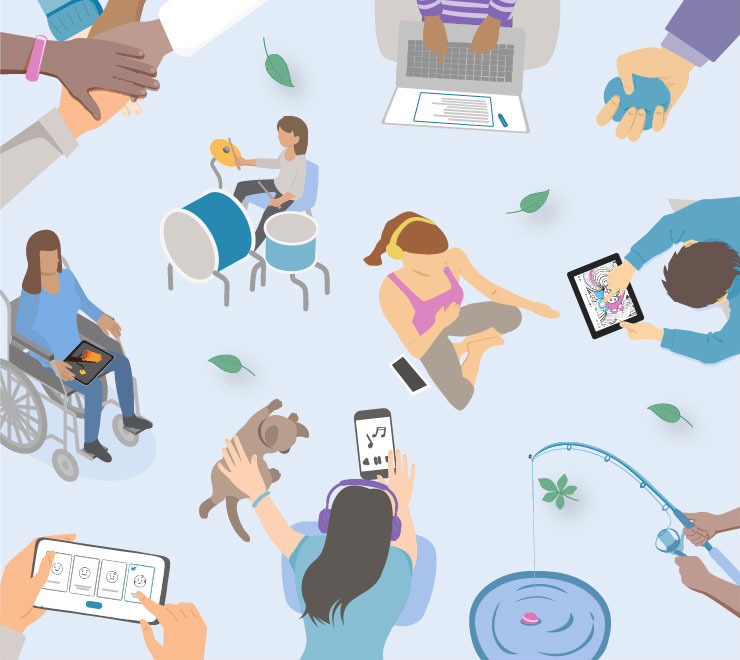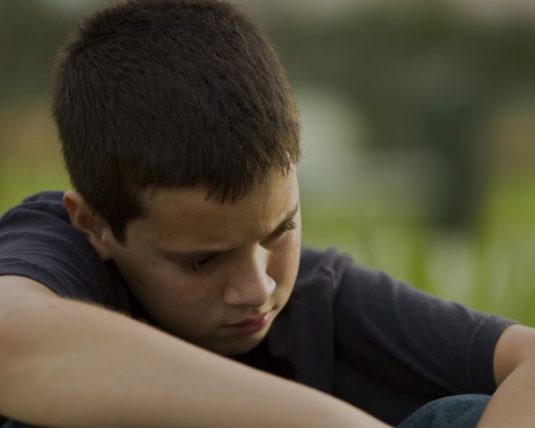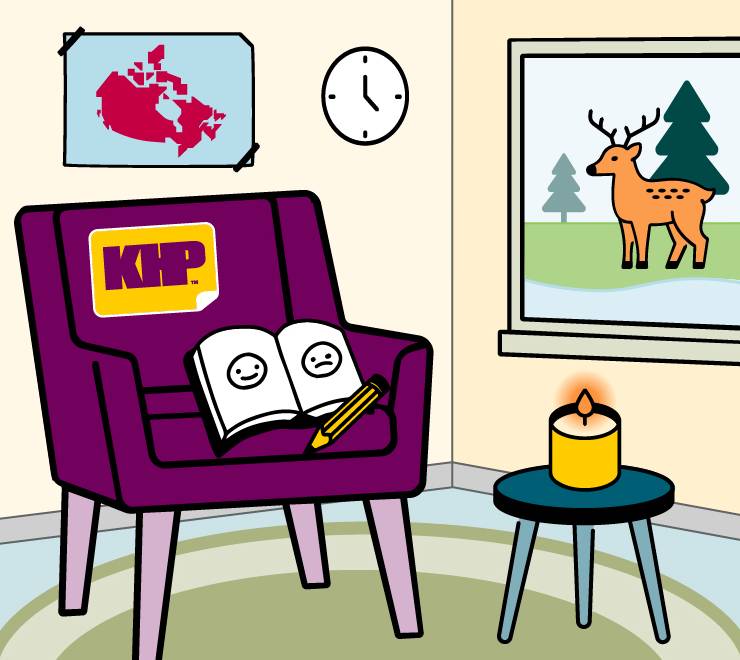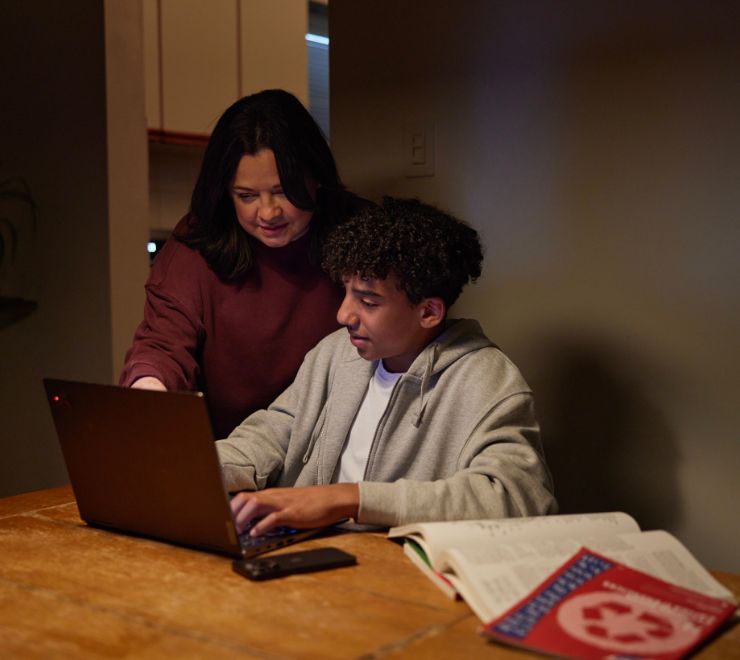Yell into a pillow. Talk to a friend. Write in a journal. Dance in the backyard. Take a deep breath. Did you know these are all examples of ways to feel out loud? We experience many different thoughts and feelings in our lives. Sometimes, it can be difficult to actually notice our thoughts and feel our feelings — and to know what to do with them. Throughout this page, Kids Help Phone shares self-guided resources you can use to explore what you’re thinking and how you’re feeling to unlock hope in your world.
The trained, volunteer crisis responder allowed me to understand the intense emotions that I was experiencing which I was having a hard time on doing; she has helped me to reflect on my current thoughts and feelings which allowed me to neutralize the negative sets of beliefs that was creeping in the back of my head. In addition, through understanding my feelings, it allowed me to further feel a sense of tranquility which made me less tense and made me be aware of the reality again…
— person contacting Kids Help Phone
Thoughts and feelings are parts of what make us human. Everyone has them. You might experience many different thoughts and feelings each day. Maybe you notice them. Maybe you don’t. Maybe you’ve never actually paid attention to them. But what’s the difference between a thought and a feeling, and what can you do with them?
Thoughts are the words, conversations, images, memories, etc. happening inside your mind that make up your ideas, beliefs and interpretations about people, the world and yourself. A few examples of thoughts include, “What if I don’t make any friends?” “I hope I’m invited to the party!” and “I should probably start my homework…”
Feelings are the reactions we experience to our thoughts and / or the situations we’re in. A few examples of feelings include happy, sad, jealous, hopeful and anxious.
Our thoughts and feelings work together like a team — what you think can affect the way you feel, and what you feel can affect the way you think. And with every thought often comes a feeling. For example, “When I think to myself, ‘I miss my friend,’ I feel sad. When I feel sad, I think to myself, ‘Nothing’s going well right now.’”
Because we experience so many thoughts and feelings, it can be hard to know how to navigate them all. Below, we offer resources to discover what you’re thinking and feeling, how to actually feel your feelings (not just have them) and how to manage all of your thoughts and feelings now and in the future.
You can click on the resources below to continue working with your thoughts and feelings along your wellness journey in a way that feels best for you.
Navigate your thoughts and feelings with videos, tutorials and real-life stories
Not sure where to start? That’s OK! You can choose an emotion that best describes how you’re doing by exploring our related resources.
Manage your thoughts and feelings with tools, activities and exercises
Wondering what thoughts and feelings people in Canada are sharing with Kids Help Phone? As a reminder you’re never alone, you can get data and insights.
Cope with your thoughts and feelings using tip sheets, articles and infographics
Check out other trusted resources about thoughts and feelings in Canada
You can try these tools from other trusted organizations across Canada to continue identifying and working with your thoughts and feelings at any time.
- Elements (English, French and Tlicho) (mindyourmind)
- Becoming aware of your thoughts (AboutKidsHealth)
- I made ‘talk with friends’ a daily to-do. Here’s #HowItFelt (CBC Kids News)
- Caretoons: Future Uncertainty (Anxiety Canada)
- How to ride out intense emotions. (Anxiety Canada)
Navigating your thoughts and feelings can take courage. Finding ways to feel out loud can help you support yourself. If you’d like to continue exploring resources and / or talk to someone about your well-being, you can connect with Kids Help Phone’s e-mental health services 24/7.

